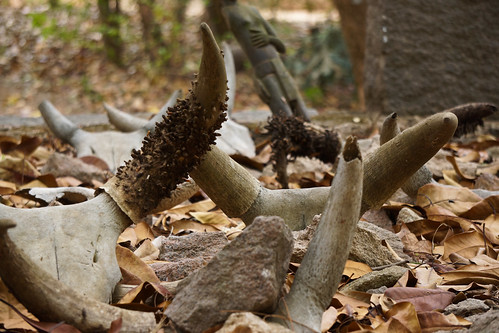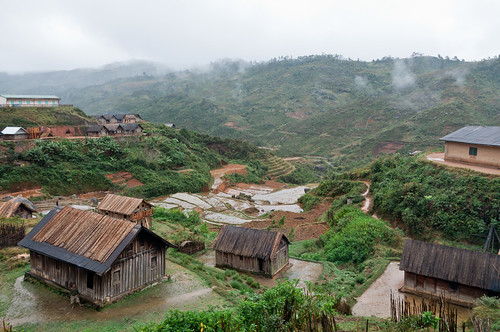Fady: The Do’s and Don’ts of Madagascar
Madagascar’s culture is a mix of many influences. The French occupation certainly left its mark, with people speaking French in the markets and fresh baguettes available in any city, but the Malagasy people themselves show a remarkable amount of diversity. There are several groups of people, and within each group, there are many tribes. The most prominent group is the south eastern part of the country is the forest group.
Despite their incredible cultural diversity, these groups do seem to have one overlap: fady. Madagascar’s cultural fady are essentially taboos that arose from ancient folk tales. Some of these are beautiful stories, and some more recent ones are just ways of teaching children about the world around them. There are nationwide fady (e.g., no pointing at tombs. Disrespecting ancestors can lead to bad things). Each town has their own fady, and there are some personal fady. Personal fady are essentially moral guidelines, a set of taboos that are gathered over the course of a lifetime.

A malagasy grave
The most well-known taboos in the forest area are the hunting ones. These stories are told to kids when they are young, to encourage love for these animals. The most ancient of protections is extended towards the propithecus, a large black and white lemur with curious orange eyes. It’s known for resembling humans in its movements, curiosity, and intelligence. In the past, everyone used to go into the forest to hunt for food. In a small village at the edge of the forest, people started to disappear. Hunters would go out to search for food for their families, and would not return. Finally, a man was sent out as a scout to look for the lost men. The town waited, prayed, and then waited some more. But the man never came back. Three days later, a group of male propithecus (props) came to the village. At their head was an uncharacteristically small lemur, who was said to resemble the scout. People all over Madagascar now believe that props may be reincarnations of ancestors that died in the forest. Just like it’s disrespectful to point at tombs, it is considered extremely inappropriate to kill a propithecus lemur. This shows discipline, since in times of famine, the propithecus could provide a relatively sustainable source of food for the villages.

Propithecus lemur
Another hunting fady protects the Tolo bird. During the uprising in 1947 against the French occupation, the Malagasy people took to hiding in the woods. So they wouldn’t be spotted by the groups of French soldiers sent to look for them, communities banded together and dug trenches to hide in. They would only be noticed in the trenches if a soldier got close enough to look almost directly down at them. The fable goes that an entire village was hiding in the woods in one of these trenches, when the army started getting too close for comfort. As everyone was holding their breath, and praying for a miracle, a bird made a remarkably human sound. The soldiers followed the sounds of the birds, getting gradually further and further from the villagers, thinking that it was a group of Malagasy running away. To this day, the village is still thankful to the birds for saving their lives. As thanks to the birds, who they believe to be higher spirits, they are never shot at, and never eaten.
Sometimes, however, the fady don’t work in their favor. For example, in the Ranomafana area, it’s taboo to go to the bathroom in one place repeatedly. This sort of stigma arose purely from the stink of the latrines used a long time ago in many villages. Because of this, it’s hard to teach, enforce, or explain sanitary guidelines, allowing many water borne illnesses to remain an issue in the area.

Malagasy village
The fady are extremely diverse, mirroring the diverse cultures of Madagascar. They range from ancient stories to practical ideas. Either way, they are a fascinating part of the culture, but definitely something to be wary of, especially considering that these taboos change from village to village. Be careful, it’s extremely easy to break a fady without meaning to!
Anne Driscoll is a member of the Youth Travel Blogging Mentorship Program
All photos courtesy and copyright Anne Driscoll




















